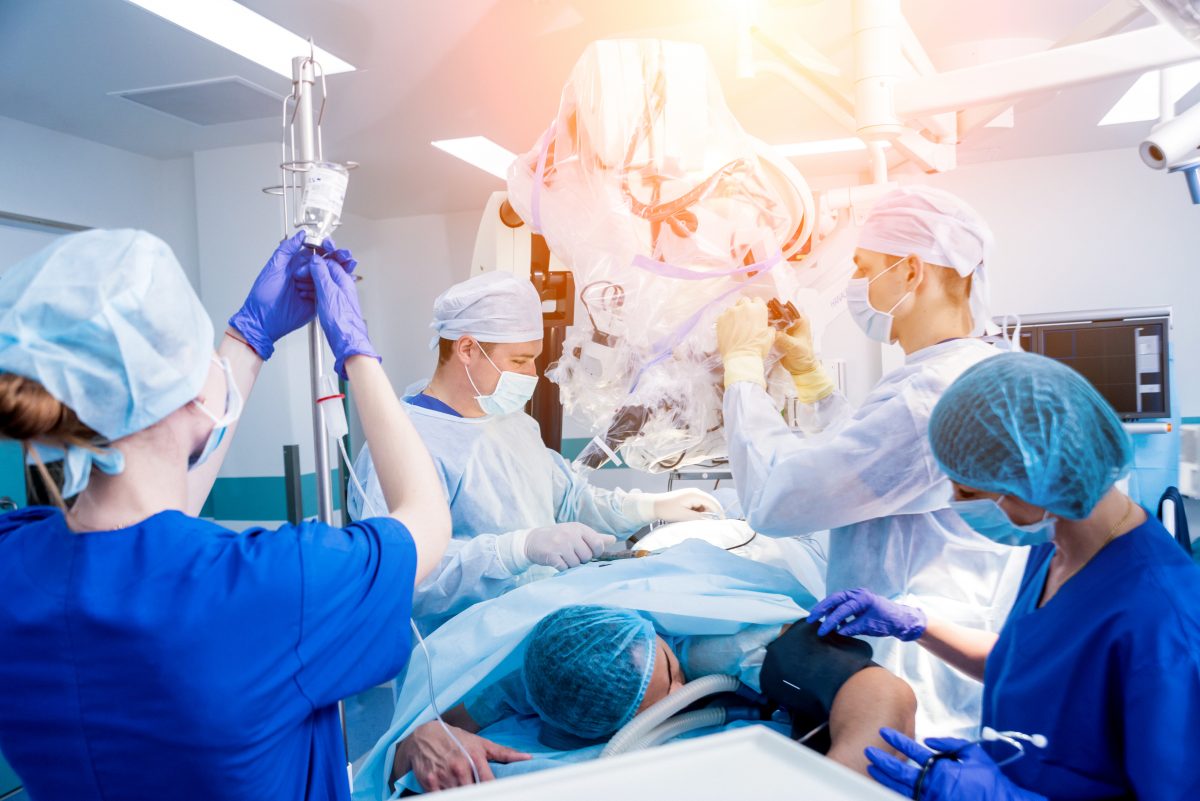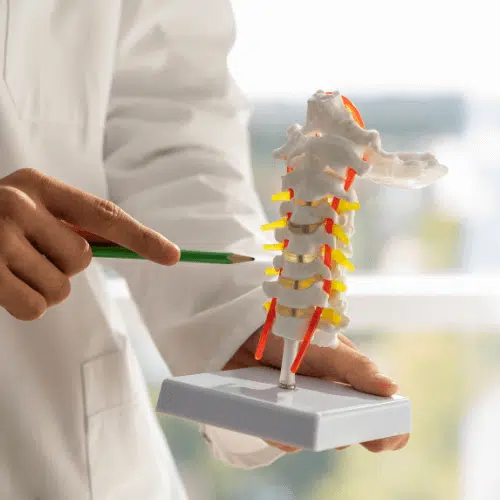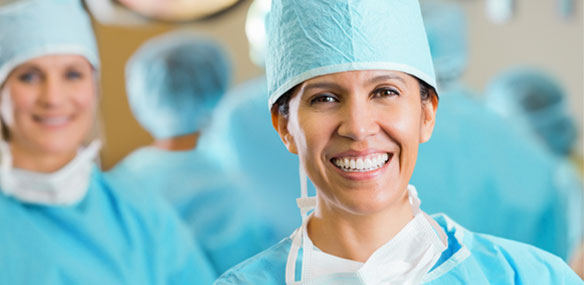Tips for Recovery After Surgery with the Best Spine Surgeons in St Louis MO
Tips for Recovery After Surgery with the Best Spine Surgeons in St Louis MO
Blog Article
An Overview of Spine Problems That Usually Lead To Surgical Therapies
Back conditions such as herniated discs, spine stenosis, and degenerative disc disease frequently necessitate medical treatments when traditional therapies stop working to relieve consistent signs and symptoms. Recognizing the nuances of each condition and the matching medical options, such as discectomy or spine combination, is vital for effective monitoring.
Herniated Discs
Although lots of individuals with herniated discs might locate alleviation through traditional therapies, surgical procedure comes to be an essential factor to consider when symptoms intensify or continue - best spine surgeons in st louis mo. A herniated disc takes place when the soft internal gel of a back disc protrudes with its external layer, potentially leading and pressing neighboring nerves to discomfort, tingling, or weak point in the extremities
Conservative monitoring normally consists of physical therapy, pain medications, and corticosteroid injections, which intend to decrease swelling and boost feature. In cases where these techniques stop working to alleviate incapacitating signs and symptoms, surgical choices might be discovered.
The most usual medical treatment for herniated discs is a discectomy, which entails the removal of the herniated portion of the disc to ease pressure on the impacted nerve origin. In a lot more severe cases, spinal combination may be required to maintain the impacted vertebrae.
Individuals are suggested to go over the potential risks and benefits of surgery with their healthcare provider to make an informed decision. Inevitably, the goal of any type of surgical treatment is to restore function, ease pain, and enhance total quality of life for people struggling with herniated discs.
Spinal Constriction
Spine constriction happens when the spaces within the spinal column narrow, causing raised stress on the spinal cable and nerves. This problem can develop in different regions of the spine, consisting of the lumbar and cervical areas, frequently due to age-related modifications, such as degenerative disc illness, arthritis, or thickening of ligaments.
People with spinal constriction might provide with signs that include pain, feeling numb, tingling, or weak point, mostly in the legs or arms. These signs can be intensified by activities that include standing or strolling, typically leading individuals to look for relief with traditional therapies like physical therapy, medications, or epidural steroid injections.
Nevertheless, when these non-surgical treatments fail to give adequate relief, medical alternatives may be considered. Common medical treatments for back stenosis consist of laminectomy, which entails the removal of part of the vertebra to minimize stress, and spinal combination, which supports the damaged location.
Spondylolisthesis
Spondylolisthesis occurs when one vertebra slips ahead over an additional, bring about imbalance of the spine. This condition can arise from different variables, consisting of congenital problems, trauma, or degenerative modifications in the back. It is most generally observed in the lumbar region, particularly at the L4-L5 and L5-S1 levels.

When non-surgical methods stop working to ease symptoms or when substantial nerve compression is present, medical treatment may be necessitated. Surgical options can consist of spinal fusion or decompression treatments, aimed at bring back placement and minimizing neurological signs.
Degenerative Disc Illness

People with DDD usually experience pain that may radiate to the legs or arms, depending upon the impacted area of the back. The problem can be detected through a combination of clinical like this evaluation, imaging research studies, and client history. Treatment alternatives usually start with traditional measures, consisting of physical treatment, pain administration, and way of life alterations. However, when these approaches fail to provide adequate alleviation, medical treatments might be taken into consideration.
Surgical choices for DDD may consist of spine fusion or man-made disc replacement, targeted at maintaining the impacted segment and relieving discomfort (best spine surgeons in st louis mo). Ultimately, the choice of therapy is individualized, taking right into account the seriousness of the problem, patient health, and way of life factors
Spine Tumors

Spine lumps can arise from numerous aspects, consisting of hereditary proneness, ecological impacts, and pre-existing clinical problems. Individuals might provide with a variety of signs, consisting of localized pain, neurological deficits, weak point, or adjustments in bowel and bladder feature, depending on the lump's dimension and place.
Surgical treatment might be required to minimize signs, get a biopsy, or eliminate the lump entirely. The objective of surgery is often to unwind neural components and stabilize the spinal column. Early detection and treatment are their website important for optimizing outcomes in individuals with spinal growths.
Conclusion
In recap, back conditions such as herniated discs, spine constriction, spondylolisthesis, degenerative disc disease, and back tumors often require medical intervention due to their possible to cause significant pain and useful disability. While conservative treatments may provide short-term alleviation, medical options come to be vital when symptoms linger or worsen. Prompt diagnosis and intervention play a crucial role in restoring function and improving the lifestyle for affected people, emphasizing the significance of extensive back treatment.

Report this page